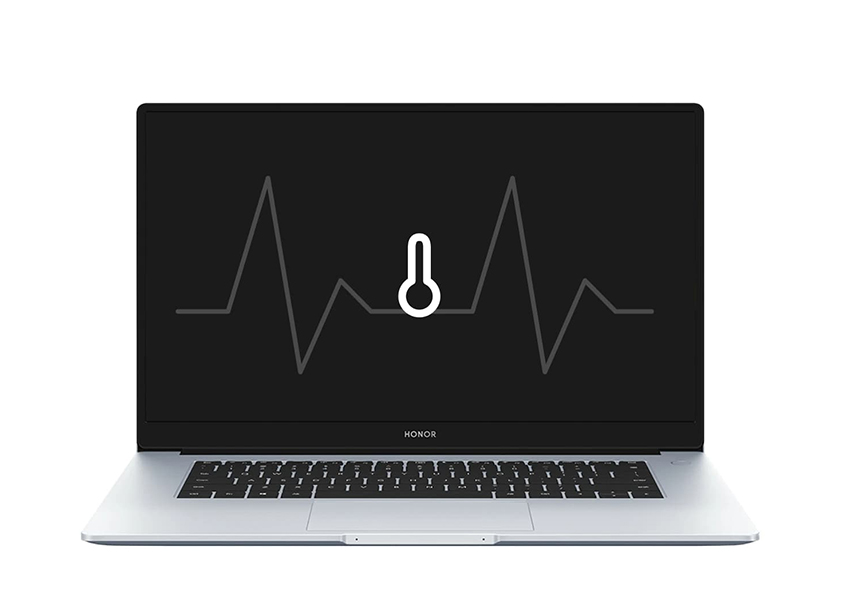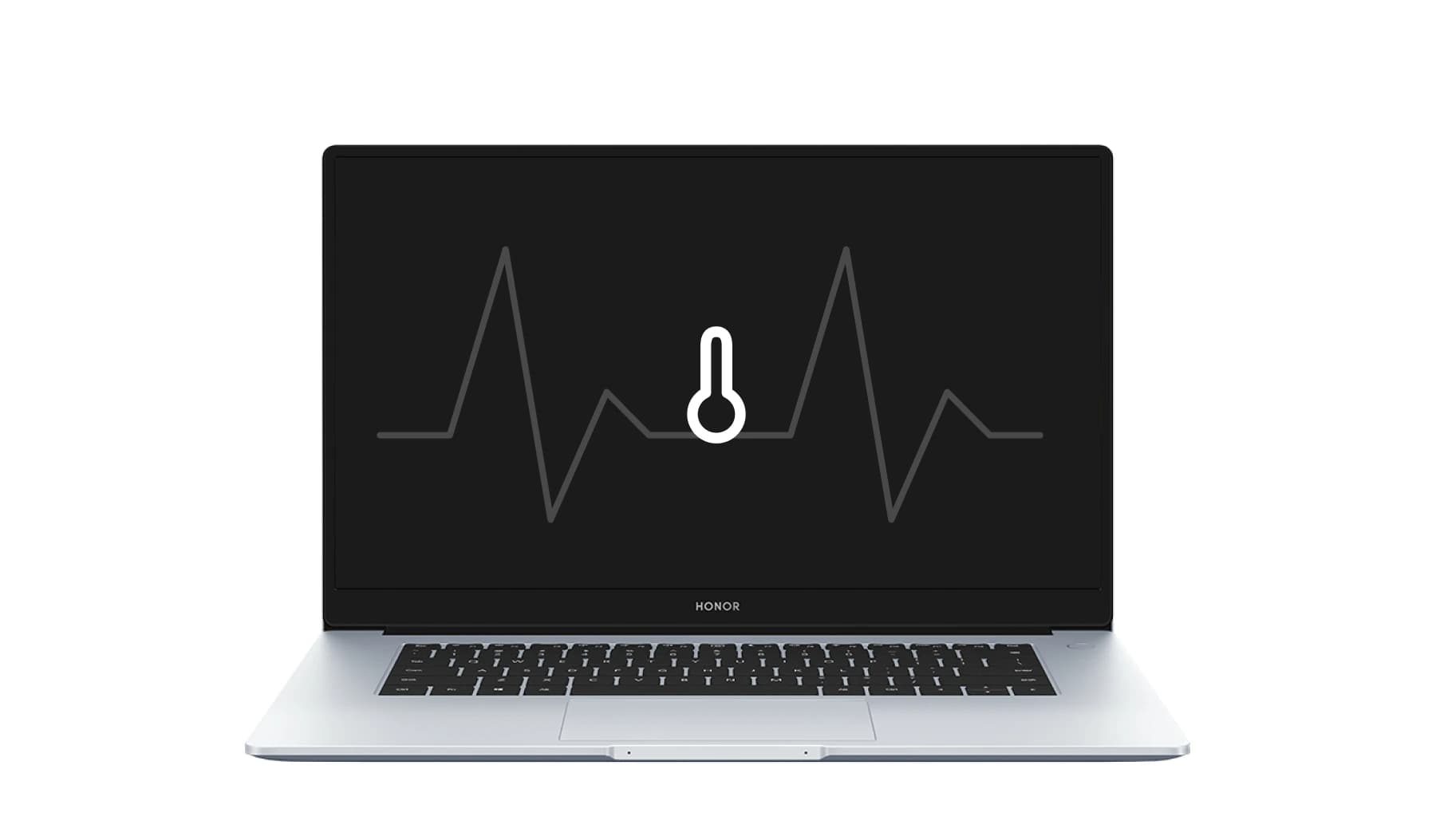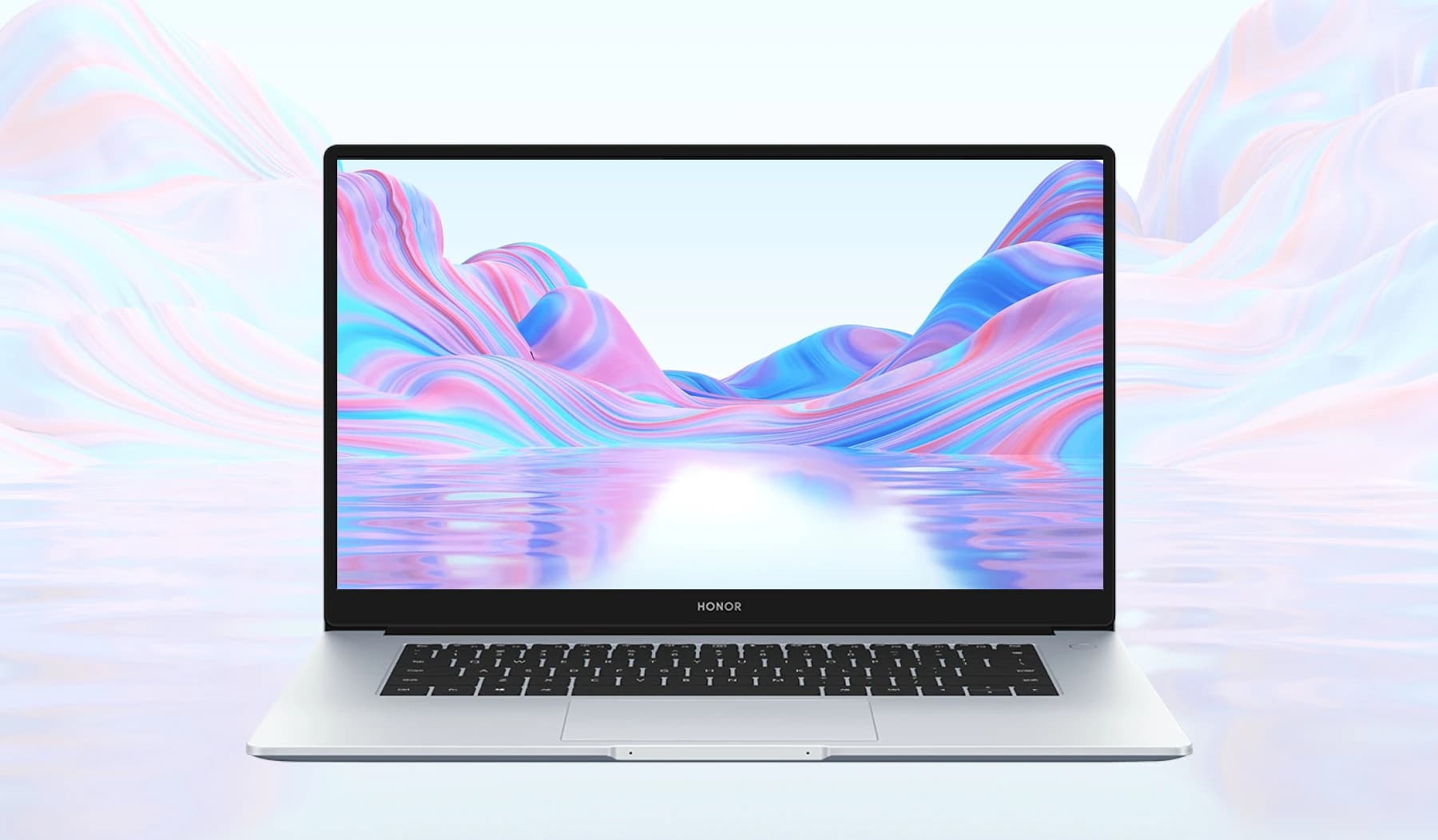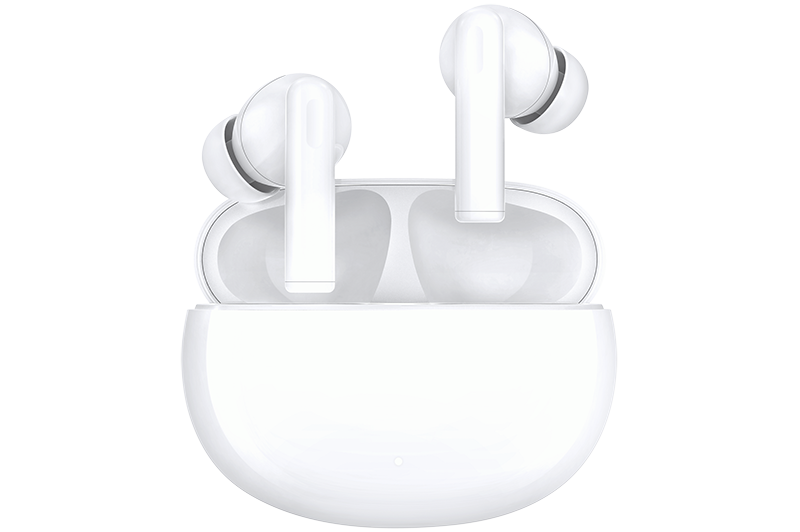TOP

我的荣耀 开启荣耀之旅

Mastering Laptop Care: A Guide on How to Check Laptop Temperature
Laptop computers have become important instruments for work, leisure, and communication in our fast-paced digital age. The more we rely on these gadgets, however, the more important it is to ensure that they perform within optimal temperature limits. Overheating your laptop can cause performance concerns, hardware damage, and a shorter lifespan.
This comprehensive guide will assist you in mastering the art of laptop care by analyzing, monitoring, and knowing how to check laptop temperature. We will discuss the significance of temperature monitoring, the tools and software available for the task, and practical recommendations for avoiding overheating.
Why Monitoring Laptop Temperature Matters?

Monitoring laptop temperature is not merely a technicality; it's a critical aspect that ensures the longevity and efficiency of your device. Excessive heat in laptops can lead to a multitude of problems - from reduced battery life and throttled performance to potential hardware damage. It's akin to keeping a vigilant eye on the health of a cherished possession, as early detection of temperature irregularities can prevent catastrophic failures. In our experience, a laptop operating within its ideal thermal range not only performs optimally but also maintains its hardware integrity over a longer period. In essence, by being attentive to laptop temperatures, we're not just preserving the device; we're ensuring a seamless and uninterrupted user experience.
Tools and Software for Temperature Monitoring
Understanding the importance of monitoring your laptop's temperature is crucial, but how do we actively track and manage it? This brings us to our next focus: Tools and Software for Temperature Monitoring. A diverse array of tools are at your disposal, ranging from built-in operating system utilities to sophisticated third-party software.
Built-in Operating System Tools
Most modern operating systems are equipped with built-in utilities for temperature monitoring. These integrated solutions offer a harmonious blend of convenience and efficiency. For instance,
Windows: The Windows operating system provides a basic view of your system's thermal status through the Task Manager. Accessible by pressing Ctrl+Shift+Esc, the 'Performance' tab within this tool allows you to monitor CPU temperatures. However, it's important to remember that Windows offers limited thermal data, serving more as a quick reference than a comprehensive tool. This feature can be particularly useful when you need to check laptop temperature in a pinch.
macOS: Apple users can access temperature data through the 'Activity Monitor'. Found in the 'Utilities' folder within the 'Applications' directory, this tool gives insights into CPU load, which indirectly hints at potential thermal stress. Although not directly displaying temperature, it's a valuable tool for preemptive analysis.
Linux: Linux distributions boast a variety of command-line tools, with lm-sensors being especially noteworthy. After installation via the terminal, this robust utility offers detailed information on temperatures, fan speeds, and voltages. Executing sudo sensors-detect followed by sensors equips you with real-time, extensive thermal data, making it easier to check laptop temperature and other components.
Third-Party Software
While built-in tools offer basic monitoring capabilities, third-party software provides more detailed insights and features. For example:
HWMonitor: A lightweight yet powerful tool compatible with Windows, HWMonitor stands out for its ability to provide in-depth information about system temperatures, fan speeds, and voltage readings. Its intuitive interface displays all necessary information at a glance, making it ideal for both novices and experts.
SpeedFan: Another excellent choice, particularly for those seeking to control fan speeds in relation to temperature readings. SpeedFan is more than just a monitoring tool; it's a comprehensive solution that adapts your system's cooling response based on real-time thermal data.
How to Prevent Overheating from Happening?

Preventing laptop overheating is a crucial aspect of maintaining your device's longevity and optimal performance. In this comprehensive guide, we'll explore various strategies and best practices to keep your laptop cool, ensuring it runs efficiently and remains in top condition.
√ Understanding the Causes of Overheating: Firstly, it's essential to recognize the factors contributing to laptop overheating. Common culprits include dust accumulation in vents, overburdening the CPU with intensive tasks, or using the laptop on insulating surfaces like beds or couches.
√ Effective Ventilation: Ensuring proper airflow is a key step. Avoid placing your laptop on soft surfaces, which can block air vents. Instead, opt for a hard, flat surface. Consider using a laptop cooling pad, which not only elevates the laptop for better air circulation but also provides additional cooling through its built-in fans.
√ Regular Cleaning: Dust build-up can significantly hinder a laptop's cooling system. We recommend cleaning the air vents and fans periodically. This can be done using compressed air to gently blow out dust from the vents.
√ Managing Internal Resources: Be mindful of the software and applications running on your device. Overloading your laptop with numerous tasks can strain the CPU, leading to increased heat production. Utilizing task manager to close unnecessary applications can alleviate this issue.
√ Updating Software: Keeping your operating system and drivers up-to-date is often overlooked. Manufacturers frequently release updates that can improve system efficiency and, in turn, reduce overheating.
√ Hardware Considerations: For those with a technical inclination, consider upgrading internal components. Replacing a hard drive with a solid-state drive (SSD) can lower heat generation as SSDs don't have moving parts like traditional hard drives.
√ External Environment: The ambient temperature plays a significant role. Avoid using your laptop in overly warm environments and try to maintain a cool, well-ventilated workspace.
√ Professional Assistance: If overheating persists, it may be time to seek professional help. This could indicate an underlying issue such as a malfunctioning fan or thermal paste needing replacement.

To ensure your laptop remains cool and performs at its best, selecting a model with an advanced cooling system is crucial. Among the top contenders in this category are the HONOR MagicBook X 16. This Model boast innovative cooling technologies that not only enhance performance but also ensure a comfortable user experience.
Conclusion
In conclusion, vigilance in monitoring your laptop's temperature is pivotal for ensuring its longevity and optimal performance. How to check laptop temperature should not be an afterthought but a regular practice, blending seamlessly into your digital routine. We've explored various tools, from built-in operating system utilities to sophisticated third-party software, each offering unique insights into your device's thermal health. Preventing overheating requires a proactive approach: regular maintenance, understanding your device's limits, and utilizing appropriate cooling solutions. Remember, the health of your laptop is in your hands; by keeping a watchful eye on its temperature, you can safeguard its functionality and extend its lifespan. This approach not only enhances your computing experience but also contributes to the sustainability of your digital assets.
FAQ
How hot is too hot for a laptop?
The ideal temperature for a laptop typically ranges between 40°C to 80°C (104°F to 176°F) during normal operation. However, prolonged exposure to temperatures above 80°C can lead to performance degradation and potential hardware damage.
Is 90°C bad for CPU?
While some CPUs can handle temperatures up to 90°C, sustained operation at this temperature can reduce the CPU's lifespan and lead to thermal throttling, impacting performance. It's advisable to keep CPU temperatures below 80°C for optimal long-term health.
What happens when the laptop overheats?
Laptop overheating can result in various issues, including reduced performance, system instability, unexpected shutdowns, and potential damage to internal components. Over time, chronic overheating may lead to permanent hardware failure, emphasizing the importance of proactive temperature management.
Source: HONOR Club
We use cookies and similar technologies to make our website work efficiently, as well as to analyze our website traffic and for advertising purposes.
By clicking on "Accept all cookies" you allow the storage of cookies on your device. For more information, take a look at our Cookie Policy.
Functional cookies are used to improve functionality and personalization, such as when playing videos or during live chats.
Analytical cookies provide information on how this site is used. This improves the user experience. The data collected is aggregated and made anonymous.
Advertising cookies provide information about user interactions with HONOR content. This helps us better understand the effectiveness of the content of our emails and our website.













































